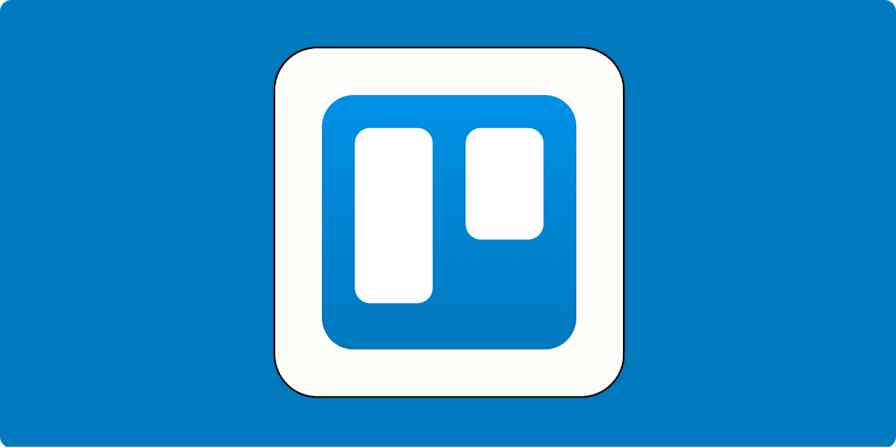One of the best things about working for Zapier is seeing all of the new possibilities that automation opens up for our users, and my little heart grows three sizes every time I see someone save time and money with a Zap.
But like everything, automation isn't immune from hiccups. Passwords get lost, 2FA keys go missing, and mission-critical apps go down without warning. While there are ways to get by when those things happen, if you're not prepared, it can be a massive pain.
To make sure you're not caught off guard when things go wrong, I'm going to suggest something that we don't usually recommend:
Automate less.
Not forever, mind you, but for a little while. Make sure that you're comfortable doing things the hard, manual way, then automate the process. This not only makes you more keenly aware of what needs to be automated—and how best to set it up—but it also means less time and money is lost if the technology you rely on makes changes down the road.
If you're not convinced, I'm going to use some examples from outside the world of tech to help make my point, and introduce you to two of my other interests: mid-2000s anime and hip-hop.
"That's what makes him a winner"
Naruto is an anime about a world filled to the brim with ninjas, powerful fighters who can use various forms of jutsu to perform incredible feats on par with wizards casting spells: breathing fire, cloning themselves, throwing giant energy spheres, developing a symbiotic relationship with living sand—that kind of stuff.
Rock Lee is a character who doesn't have any of that: he punch, kick, and... that's about it. So he compensated by doing things the hard way, training every day with massive weights on each leg, resulting in one of my favorite anime moments of all time.
While wearing weights on your legs doesn't actually have that much benefit, let's try replacing the word "jutsu" with "automation."
Doing things the hard way, without automated workflows, builds our Mental Muscles™️. And while the ultimate goal is always to help things go more smoothly as time goes on, relying on automation too soon might prevent us from developing those essential skills.
What if you focused on building muscles by getting really efficient at manually adding leads to your CRM or uploading meeting records to Google Drive? That way, when a new way to automate a process has been built, tested, vetted, and 100% fits your needs, you can "take the weights off" and go even faster.
This is hardly the only example like this from anime (please stop tweeting "but what about Goku's weighted clothes?!?" at me). But let's imagine for a second that cartoons aren't your bag (I know, impossible) and that an example from 2000s hip-hop and R&B might go down more easily. Because I've got one of those for you, too.
"I got money in the bank"
T-Pain, American rapper-turned-singer, leaped into the spotlight with his 2005 hit, "I'm Sprung." Though, for a certain age bracket, he's best known for "Buy U A Drank (Shawty Snappin')," featuring Yung Joc, which inexplicably played at every school dance I ever attended.
Both songs feature heavy use of "auto-tune," which became T-Pain's signature style. Put simply, auto-tune lets recording artists take incorrect notes and turn them into correct ones, letting even the worst singer turn out a (at the time) passable record. (You can even spend $2.99 to get the "I Am T-Pain" app and auto-tune straight from your phone.)
Although auto-tune was hardly new (think: Cher's "Believe" in 1998), it joined most things from the aughts in being widely regarded as "a bad move." Artists like T-Pain, Katy Perry, Justin Bieber, and Kanye have been mocked for including it in their songs, as it became a signal for "this person can't actually sing, so they're using auto-tune."
But here's the kicker: T-Pain can sing.
T-Pain doesn't need auto-tune to turn out a great performance. He has, metaphorically, "money in the bank." It could even be argued that being a great singer makes him better at using auto-tune because he's not relying on it 100%, and he can choose to drop it in as an artistic choice.
Whether you agree with that artistic choice is up to you, but the point here is that if you stripped away the automation, what you're left with is still a great product.
That, I believe, is what we should aim for with our productivity tools: automation should help us achieve our goals, but should not be the only way we can get there.
If you're thinking about automating something in your job, make sure you've spent time doing it the hard way first. Get to know the peaks and valleys of the process, and become the expert at doing that particular task. When you build the automation to take care of that work for you, not only will you be able to save more time as a result, but the workflow itself will benefit from your expertise, and your whole team will want to "Buy U A Drank."





